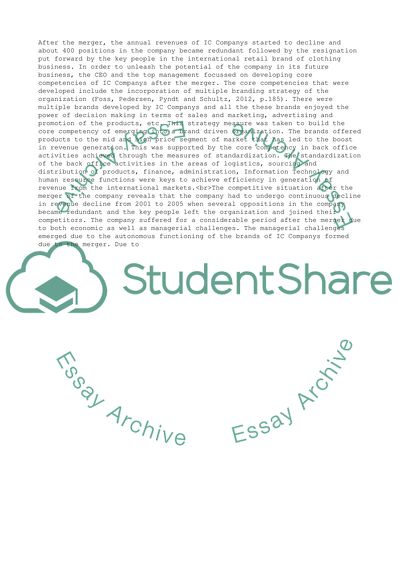Cite this document
(IC Companys: Creative genius and commercial attitudes Case Study, n.d.)
IC Companys: Creative genius and commercial attitudes Case Study. https://studentshare.org/management/1813008-ic-companys-creative-genius-and-commercial-attitudes
IC Companys: Creative genius and commercial attitudes Case Study. https://studentshare.org/management/1813008-ic-companys-creative-genius-and-commercial-attitudes
(IC Companys: Creative Genius and Commercial Attitudes Case Study)
IC Companys: Creative Genius and Commercial Attitudes Case Study. https://studentshare.org/management/1813008-ic-companys-creative-genius-and-commercial-attitudes.
IC Companys: Creative Genius and Commercial Attitudes Case Study. https://studentshare.org/management/1813008-ic-companys-creative-genius-and-commercial-attitudes.
“IC Companys: Creative Genius and Commercial Attitudes Case Study”. https://studentshare.org/management/1813008-ic-companys-creative-genius-and-commercial-attitudes.


